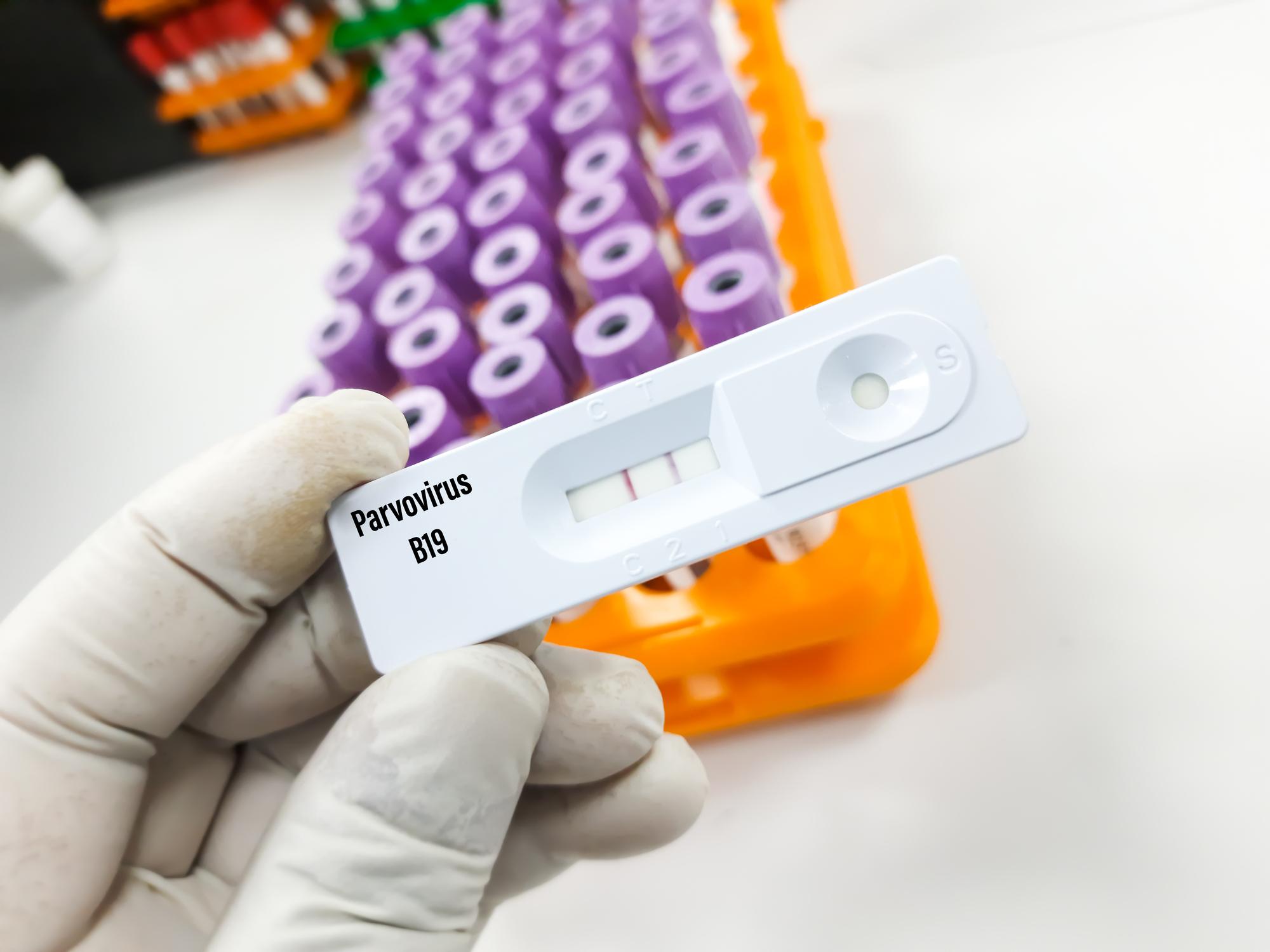Thanks to Artificial Intelligence, British researchers have succeeded in correctly identifying 76% of premature deaths. Ultimately, this model could make it possible to offer preventive treatment to people at risk.

The powers of Artificial Intelligence (AI) sometimes seem limitless, even frightening. Latest and most disturbing feat: thanks to a “deep learning” algorithm, British scientists have succeeded in identifying the risks of premature death of thousands of people, according to their study published in March 27 in the journal Plos One.
Probability of premature mortality
To assess the probability of premature mortality, scientists at the University of Nottingham used genetic, physical and health data from 500,000 English people aged 40 to 69 submitted between 2006 and 2016 to the British Biobank. During that time, 14,500 of the participants had died, mostly from cancer and heart and respiratory disease.
Putting this data together, the researchers first tested “deep learning,” a type of AI in which overlapping information-processing networks help a computer draw examples. Then they tried decision tree forest, a simpler form of AI that combines multiple tree models to account for as many outcomes as possible. They then compared these conclusions with those of a standard algorithm called the Cox model.
76% of deceased subjects correctly identified
While all three models were based on factors such as age, sex, smoking, or a previous cancer diagnosis, each of them insisted on particular data. Thus, the Cox model relied mainly on participants’ ethnicity and physical activity, while the decision-tree forest model was more interested in body fat percentage, waist circumference, skin and the amount of fruit and vegetables people ate daily. As for “deep learning”, it mainly looked at exposure to work-related risks, air pollution and the consumption of alcohol and certain drugs.
And it is this approach that has proven to be the most effective since this algorithm succeeded in correctly identifying 76% of subjects who died during the study against 44 and 64% respectively for the Cox and Forest models.
Helping physicians make the best possible treatment decisions
“There is now growing interest in the potential of using AI to predict health issues. In some situations it may help, in others it may not. In this particular case, we have shown that with many precautions, algorithms can improve predictions effectively. These techniques may be new to many professionals and difficult to follow. But we believe that explaining these methods in a transparent way could help scientific verifications and the future development of this exciting field in the world of health”, conclude the authors of the study.
But the latter is obviously not the first of its kind. Scientists have been using artificial intelligence for several years to try to determine the risk of population mortality. In 2014, Australian researchers had already succeeded in designing a system based on health data to predict the chances of survival of cancer patients at six months, one year and two years. The ultimate goal is again to help doctors make the best possible treatment decisions.
.

















